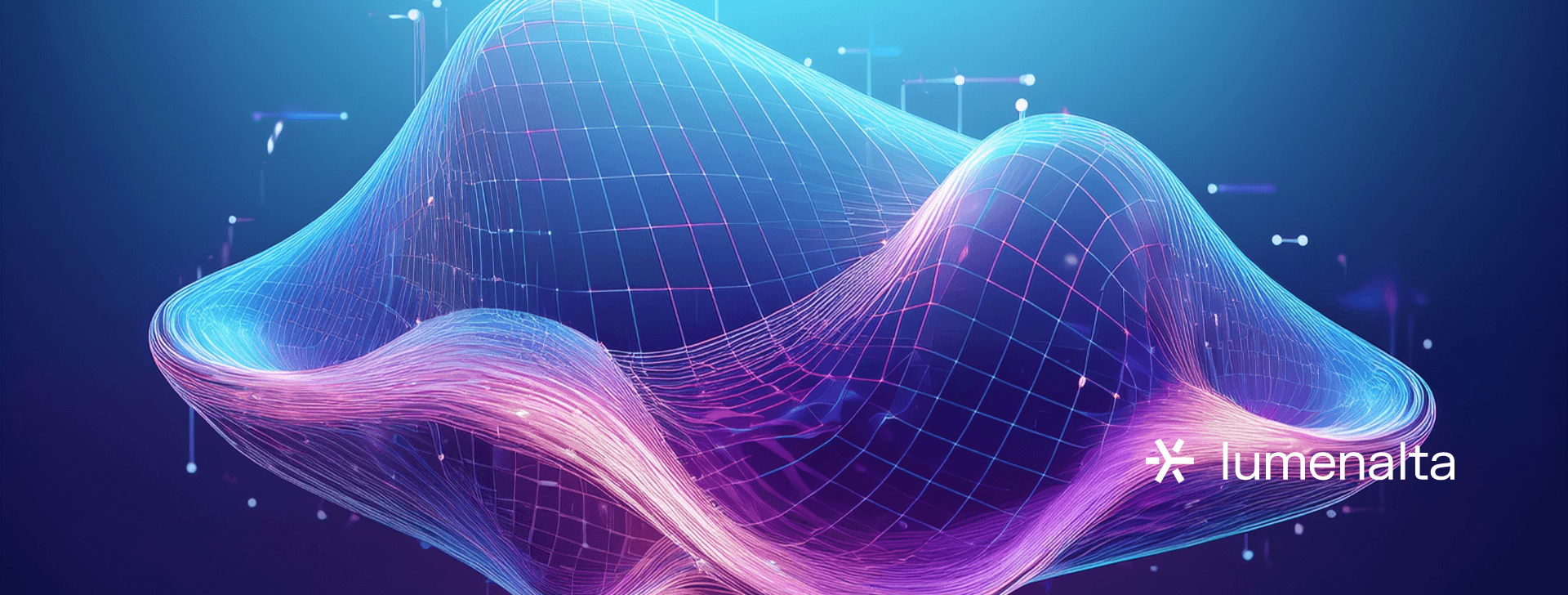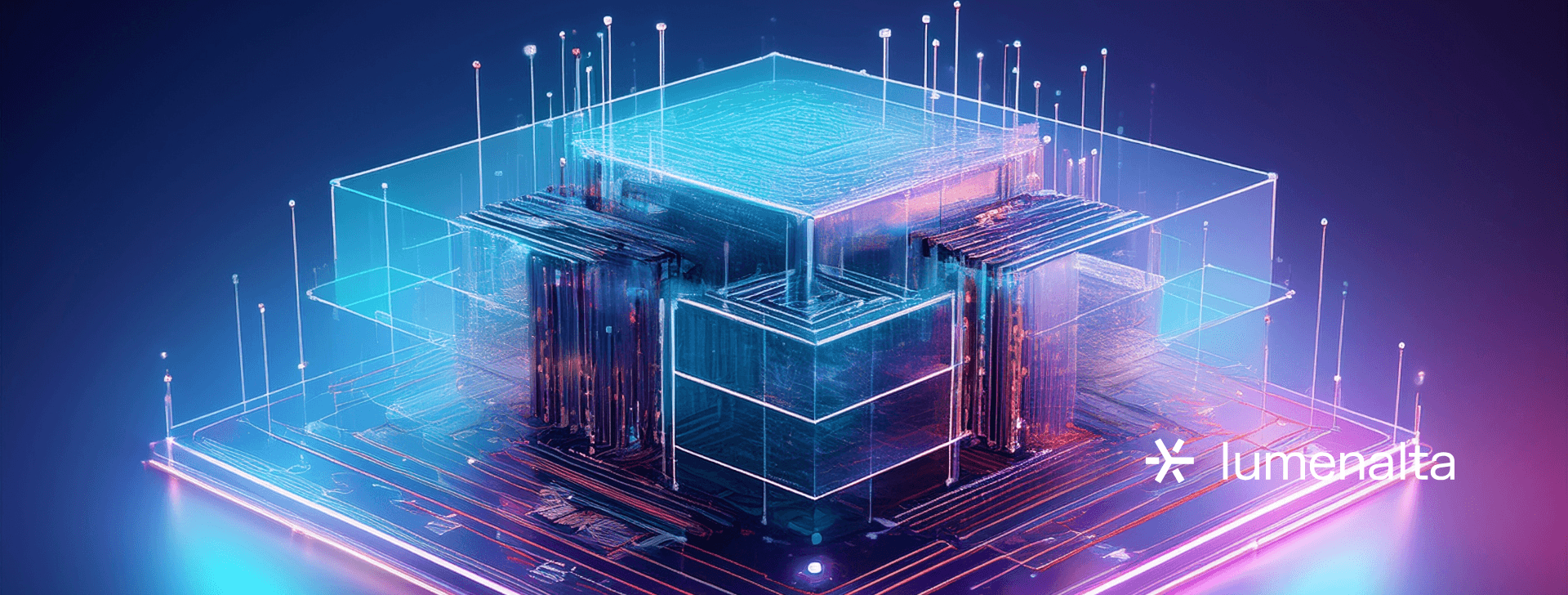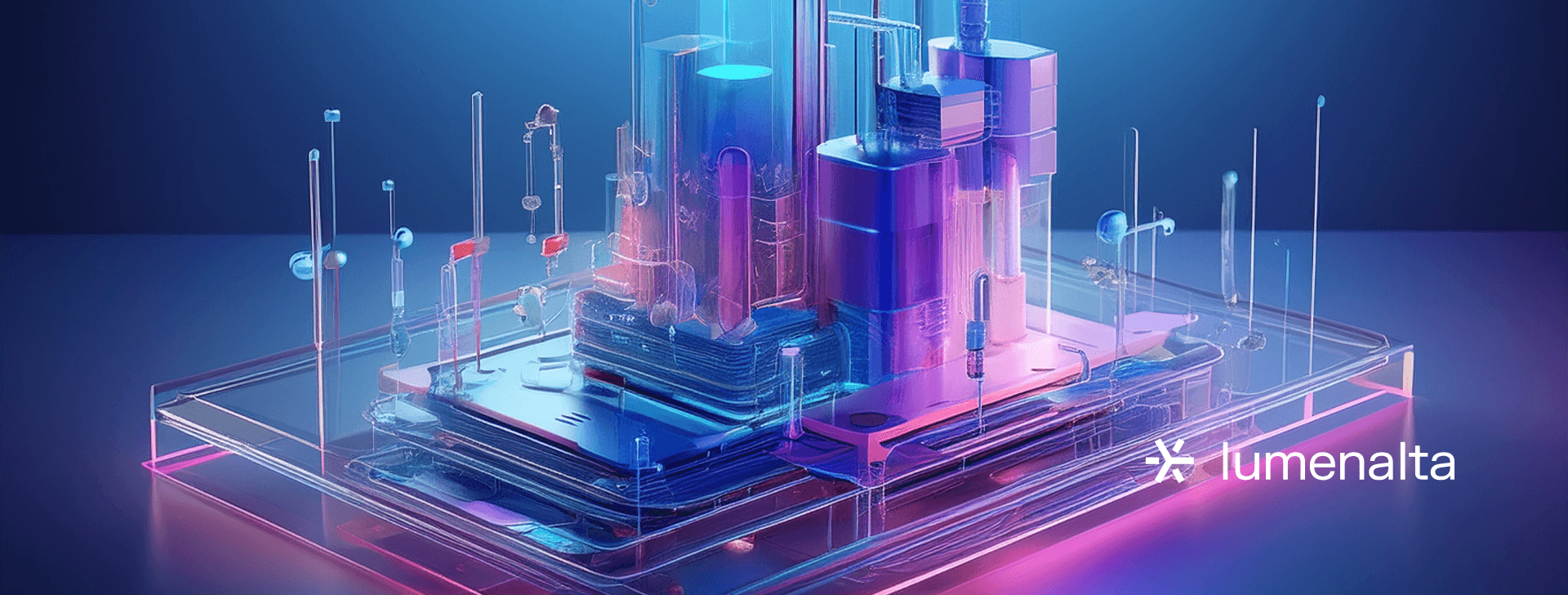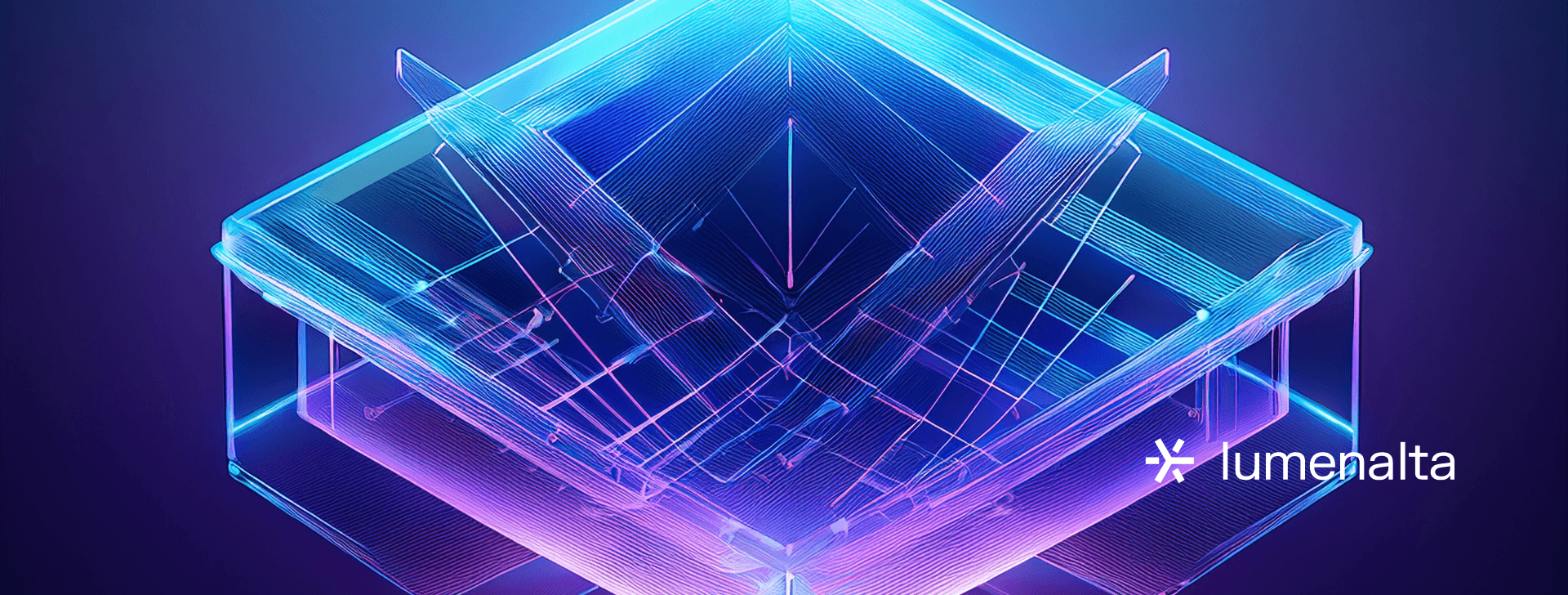

10 essential AI game development tools
APR. 12, 2025
7 Min Read
AI game development tools can cut production costs by significant margins and deliver higher returns for studios of any size.
Many teams now automate asset creation, quality assurance, and even code generation to avoid lengthy iterations. This approach leads to timely releases and compelling titles without straining resources. Embracing key platforms and best practices often sets the stage for rapid growth in an industry where creativity and efficiency matter equally.
key-takeaways
- 1. AI platforms can automate tasks like asset creation and testing, helping studios meet deadlines.
- 2. Tools such as modl:test or Cascadeur offer measurable reductions in bug fixes and animation retakes.
- 3. Solutions like Promethean AI and Skybox AI cut manual design time, allowing more focus on creativity.
- 4. Teams that adopt these workflows often see lower overhead and clearer paths to profitability.
- 5. Organizations can address challenges by creating structured rollout plans and prioritizing staff training.
Understanding AI game development tools

AI game development tools now offer a streamlined way to refine production across various genres. This technology applies advanced algorithms that learn from player engagement, adapting gameplay with more accuracy than traditional methods. Many studios adopt these solutions to cut costs and reduce manual labor during critical production phases. It also supports faster delivery to market, creating new growth opportunities and improving overall project efficiency.
Experts also view these AI tools for game development as a vehicle for long-term innovation. Deep learning modules can analyze massive data sets to create more sophisticated character actions and story arcs. Developers often see these solutions as vital resources to elevate player experiences in a highly crowded market. This approach ensures teams remain focused on core creative ideas while algorithms handle repetitive tasks that once required extensive manpower.
“AI game development tools now offer a streamlined way to refine production across various genres.”
10 essential AI game development tools

1. modl:test
Start your project strong with modl:test, a robust testing framework that uses pattern recognition to detect bugs far more efficiently than conventional methods. This resource simulates player actions in a variety of scenarios, flagging issues before they escalate into costly setbacks. Teams can run multiple test cycles in quick succession, cutting the time spent on repetitive debugging tasks. It also helps allocate resources more effectively, ensuring critical features receive immediate attention.
Adopting this approach means less manual oversight and quicker paths to market. This metric translates to better budget allocation, which can significantly raise returns for both independent creators and established studios. Strategic utilization of modl:test fosters a reliable workflow that helps deliver polished releases on tighter schedules.
2. Promethean AI
Expand your game’s visual flair with Promethean AI, an advanced tool that assembles props, lighting, and terrain details based on procedural algorithms. This method processes user-defined style guidelines and swiftly generates entire scenes without extensive manual modeling. Teams can develop large-scale maps or strategic set pieces, saving countless hours in 3D design work. This process also allows for a higher degree of customization, which often boosts overall player satisfaction.
Many developers credit this tool with giving them an edge, particularly when rolling out visually captivating titles in record time. Focusing on careful adoption of these workflows can result in experiences that rival the best AI tools for game development on the market.
3. Scenario
Improve the originality of your designs through Scenario, which focuses on data-based training to craft unique in-game assets. This platform applies neural networks to examine existing styles and produce new renditions of characters, items, or backgrounds. Many teams appreciate the efficiency gained as Scenario shortens the feedback loop between concept and final product. Its specialized algorithms can detect anomalies or inconsistencies in texture, ensuring more cohesive aesthetics.
Scalability is another key advantage, especially for projects that require dozens of unique items to keep gameplay fresh. This deep learning system reduces manual iteration, letting developers focus on story arcs and player engagement. Consistent use of Scenario has the potential to set your release apart from standard genre offerings.
4. Cascadeur

Reach a new level of realism in character motion with Cascadeur, a physics-informed tool that refines everything from simple gestures to complex acrobatics. It analyzes skeleton rigging and body weight distribution, adjusting poses so they match plausible human or creature movements. Users can layer custom constraints for stylized results, bridging the gap between hyperrealistic animation and artistic direction. Projects benefit from fewer manual retakes, freeing time for refining other design aspects.
This efficiency often results in fewer overhead costs, which supports better allocation of funds toward marketing or enhanced user interface elements. The AI-powered approach also provides real-time previews, letting designers pinpoint errors or oddities before finalizing a scene. Adopting Cascadeur's functionality paves the way for fluid movements that resonate with gamers seeking higher production standards.
5. Ludo.ai
Refine your creative process through Ludo.ai, a platform that suggests storylines, gameplay mechanics, and mission objectives based on your thematic parameters. Machine learning models break down popular tropes, analyzing what resonates most with target audiences. This knowledge forms a strong foundation for fresh ideas, giving your studio an extra edge when pitching new concepts. Team members can collaborate on these suggestions, adapting them until they align perfectly with design goals.
That efficiency can shorten the gap between conceptualization and prototype, which is important for studios operating on tight timelines. It also promotes variety by pulling from a wide range of data sources, so each project remains distinct. Elevating ideation through Ludo.ai often translates to compelling experiences that bring audiences back for more.
6. Rosebud AI
Accelerate the coding phase by tapping Rosebud AI, a suite of tools that converts rough design documents into functional prototypes. Developers can specify the scope and style of gameplay, prompting the system to generate core scripts for character controls, physics, and item interactions. This approach is particularly useful for smaller teams that want to validate new ideas without draining resources on initial programming efforts. Teams can then refine these auto-generated modules, turning them into stable, production-ready builds.
Rosebud AI excels here by offering a rapid iteration cycle, letting your engineers focus on polishing unique features instead of wrestling with boilerplate code. It also supports version control compatibility, so you can track every adjustment. Applying this technology responsibly can give your studio a crucial time advantage, ultimately raising investor confidence.
7. NVIDIA AI Solutions
Address large-scale performance needs through NVIDIA AI Solutions, which integrate specialized hardware and software to handle high-volume computations. This setup optimizes tasks like ray tracing, real-time physics calculations, and GPU-accelerated machine learning. Developers can offload resource-intensive processes, freeing the CPU for other crucial game logic. That balance not only lowers production bottlenecks but also paves the way for visually stunning experiences.
NVIDIA’s ecosystem also supports advanced techniques such as DLSS for upscaling graphics and generative AI for texture augmentation. Many see this as a path to more sophisticated visuals, often crucial for triple-A productions seeking cinematic quality. Placing NVIDIA AI Solutions into your workflow can significantly boost overall productivity and audience engagement.
8. Skybox AI
Introduce cinematic backdrops and special effects using Skybox AI, a cloud-based tool designed for large-scale scene generation. Artists can input high-level concepts, and the system generates layered visuals complete with lighting adjustments and atmospheric details. This solution is especially helpful for titles that incorporate multiple vistas or need quick transitions between different design motifs. An organized skybox can make your title stand out, providing a sense of grandeur that captivates players.
It also integrates with popular rendering engines, so changes can be previewed without extended downtime. Many studios use the extra bandwidth to refine gameplay loops, merging high-quality visuals with engaging mechanics. This approach leads to memorable experiences that sustain player interest over the long term.
9. DeepMotion
Bring authentic human movement into your projects with DeepMotion, a platform that converts standard video or sensor data into detailed motion-capture files. This setup helps smaller teams achieve advanced motion capture effects without the expense of specialized equipment. It also processes data fast, letting creators iterate on character movements in a matter of hours rather than days. Real-time feedback ensures that each adjustment reflects immediately on the digital model.
This improvement translates directly to cost savings and faster project timelines. The real-time approach also enhances collaboration among animators, designers, and project leads, as they can all view changes immediately. Incorporating DeepMotion is a strategic step to produce lifelike characters that align with modern player expectations.
10. Sononym

Enrich your game’s auditory identity with Sononym, a technology that scans extensive audio libraries to recommend samples matching specific criteria. Sound designers often spend hours sifting through files, but this tool reduces that process significantly. It groups similar clips and filters them by tempo, timbre, or pitch, taking much of the guesswork out of locating the perfect sound effect. This level of detail can shape a cohesive, immersive atmosphere.
Many studios use the time saved to refine other auditory elements, adding subtle layers like ambient tones or themed music. That approach often enhances storytelling, allowing each scenario to resonate more deeply with the audience. Applying Sononym can dramatically elevate production quality without exceeding budget constraints.
"Adopting this approach means less manual oversight and quicker paths to market.”
Challenges in integrating AI tools into game development
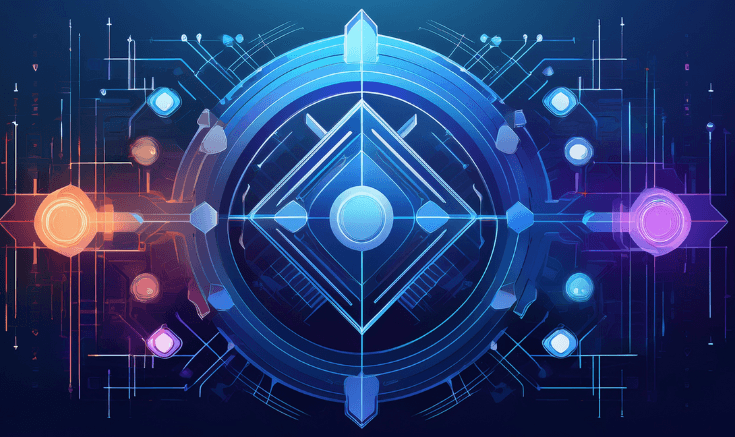
Game studios often weigh the benefits of AI against potential obstacles that can impact timelines and budgets. Some complexities revolve around maintaining stable workflows across multiple tools, while others deal with talent gaps in machine learning expertise. Understanding these hurdles can help your organization devise practical strategies that keep projects on track.
- Data security concerns: Safeguarding intellectual property can be complicated when external solutions require extensive data input, raising questions about privacy and unauthorized access.
- Cost implications: Premium AI subscriptions and hardware upgrades may strain budgets, particularly for independent developers who juggle multiple resource constraints.
- Learning curve: Adapting to new systems can cause temporary productivity dips, especially if teams lack familiarity with machine learning techniques.
- Maintenance overhead: Ongoing software updates, bug fixes, and tool incompatibilities can disrupt production cycles and add hidden costs over time.
- Integration limitations: Some solutions may not align seamlessly with existing engines or custom frameworks, forcing studios to revise workflows or timelines.
Mitigating these challenges often involves clear communication, adequate training, and thorough due diligence before investing in any tool. Leaders and technical teams can work jointly to evaluate ROI, ensuring each solution addresses a direct need. Establishing a systematic approach to updates and support also smooths out long-term maintenance. Staying informed about software patches or version releases helps teams remain agile in their production cycles.
AI game development tools have steadily advanced, offering effective solutions for studios seeking innovative ways to stand out. Development teams can shorten their production timelines by automating manual processes, whether it is generating assets, refining animations, or handling quality assurance. These platforms support more efficient resource allocation, which often lifts overall project performance. Identifying the right mix of tools can ensure a better return on investment and a more engaging user experience.
Business decision makers and production leads sometimes hesitate, concerned about budgetary hurdles or potential disruptions to current workflows. A structured rollout plan helps teams measure immediate gains and course-correct if challenges emerge. Focusing on timely updates, staff training, and performance metrics can unlock steady progress while minimizing costly missteps. With careful planning, these AI solutions often produce strong outcomes that enhance a studio’s reputation for quality and innovation.
AI game development tools are more than just another upgrade—they represent a practical route to faster releases and captivating player experiences. This technology offers flexible and scalable options that allow studios to focus on creativity, innovation, and measurable results. At Lumenalta, we develop tailored solutions that align with your strategic goals, ensuring your team is positioned to excel. Let’s chart a brighter path together.
table-of-contents
- Understanding AI game development tools
- 10 essential AI tools for game development
- 1. model:test
- 2. Promethean AI
- 3. Scenario
- 4. Cascadeur
- 5. Ludo.ai
- 6. Rosebud AI
- 7. NVIDIA AI Solutions
- 8. Skybox AI
- 9. DeepMotion
- 10. Sononym
- Challenges in integrating AI tools into game development
- Common questions about AI game development tools
Common questions about AI game development tools
What are AI game development tools, and why do they matter?
Do small studios benefit from AI tools for game development?
Are there any risks associated with using AI tools for game development?
How can developers measure success with these game development AI tools?
Is machine learning expertise required to use these platforms?
Want to learn how AI-led automation can lower costs and increase trust in your operations?





